The allure of owning a slice of France’s prestigious Burgundy wine region is undeniable. With its rolling vineyards, centuries-old winemaking traditions, and globally revered appellations, Burgundy represents the pinnacle of viticultural prestige. However, beneath the romantic veneer of chateau life and vintage wines lies a labyrinth of legal complexities that can ensnare even the most diligent investors. Navigating the acquisition of Burgundian vineyards requires not just deep pockets but also a keen understanding of local laws, cultural nuances, and hidden pitfalls.
One of the first hurdles prospective buyers encounter is the stringent regulatory framework governing Burgundy’s vineyards. Unlike other wine regions where land transactions may be relatively straightforward, Burgundy’s appellation d’origine contrôlée (AOC) system imposes strict rules on who can own what—and how the land can be used. The AOC classifications, which dictate everything from grape varieties to planting densities, are designed to protect the integrity of Burgundy’s terroir. However, they also create a minefield of restrictions for outsiders. For example, purchasing a parcel in a grand cru vineyard doesn’t automatically grant the right to produce grand cru wine; the buyer must also adhere to exacting production standards and winemaking protocols. Missteps here can lead to costly legal disputes or even the revocation of the right to use the appellation.
Another often-overlooked challenge is the fragmented ownership structure typical of Burgundian vineyards. Centuries of inheritance laws dividing estates among heirs have resulted in a patchwork of tiny plots, sometimes just a few rows of vines, owned by multiple parties. This parcellation means that acquiring a meaningful holding often involves negotiating with numerous stakeholders, each with their own expectations and emotional ties to the land. Local notaries and wine cooperatives can be invaluable in these situations, but their allegiances may lie with longstanding community members rather than foreign investors. Without a trusted local advisor, buyers risk overpaying or getting entangled in familial disputes that stall transactions indefinitely.
The cultural dimension of Burgundy’s wine trade adds another layer of complexity. Unlike Bordeaux, where chateaux frequently change hands on the open market, Burgundy’s vineyard sales are often conducted with a whisper rather than a shout. Many deals happen off-market through personal networks, leaving outsiders at a disadvantage. There’s also an unspoken hierarchy among Burgundy’s winemaking families, and newcomers—especially those perceived as speculative investors—may face resistance from neighbors protective of their heritage. Stories abound of buyers who secured a vineyard legally, only to find themselves ostracized by the tight-knit community, making it impossible to hire skilled labor or access shared resources like cooperatives.
Tax considerations further complicate Burgundian vineyard acquisitions. France’s inheritance and capital gains taxes are among the highest in Europe, and agricultural property is treated differently than residential or commercial real estate. Some foreign buyers attempt to structure purchases through holding companies or trusts, only to discover that French authorities scrutinize such arrangements aggressively. Recent cases have seen tax courts reclassify carefully constructed deals as tax evasion schemes, resulting in hefty penalties. Additionally, while Burgundy’s vineyards qualify for agricultural tax breaks, maintaining these benefits requires active involvement in winemaking—a requirement that catches many absentee owners by surprise.
Environmental regulations present yet another trap for the unwary. Burgundy has been at the forefront of France’s push toward sustainable viticulture, with many villages adopting organic or biodynamic certification requirements. These rules, while commendable, can demand significant operational changes from new owners. Pesticide use, water rights, and even pruning methods are tightly controlled, with violations carrying steep fines. Buyers accustomed to more laissez-faire regimes often underestimate the time and expense required to comply—especially when transitioning conventional vineyards to organic practices.
Perhaps the most insidious legal traps involve succession planning. Many buyers view their Burgundian vineyard as a legacy asset to pass down to heirs, but France’s forced heirship laws can upend such intentions. Unlike common-law countries where wills largely dictate asset distribution, French law reserves portions of estates for children, leaving little room for maneuvering. This becomes particularly problematic when family dynamics are complicated, such as in blended families or situations where some heirs have no interest in winemaking. Sophisticated buyers work with French notaires to structure holdings through sociétés civiles agricoles (SCAs), but these vehicles require meticulous maintenance to avoid legal challenges.
For those undeterred by these challenges, the rewards of owning Burgundian terroir can be extraordinary—both financially and personally. The region’s wines consistently command premium prices, and the cultural cachet of being a Burgundy vigneron is unmatched in the wine world. However, the path to successful ownership is rarely smooth. Engaging experienced local counsel, building genuine relationships within the community, and approaching the process with patience are not just recommendations—they’re necessities. As one grizzled Beaune winemaker remarked to a would-be buyer, "In Burgundy, we measure time in centuries, not quarterly reports." Those words encapsulate the mindset required to navigate this rarefied world without falling foul of its many legal traps.

By Megan Clark/Apr 11, 2025

By John Smith/Apr 11, 2025
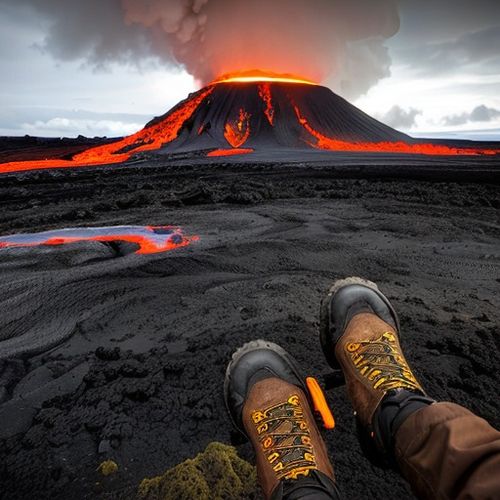
By James Moore/Apr 11, 2025
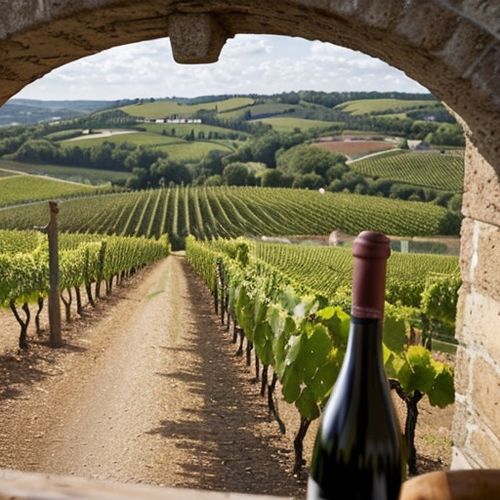
By Victoria Gonzalez/Apr 11, 2025

By John Smith/Apr 11, 2025
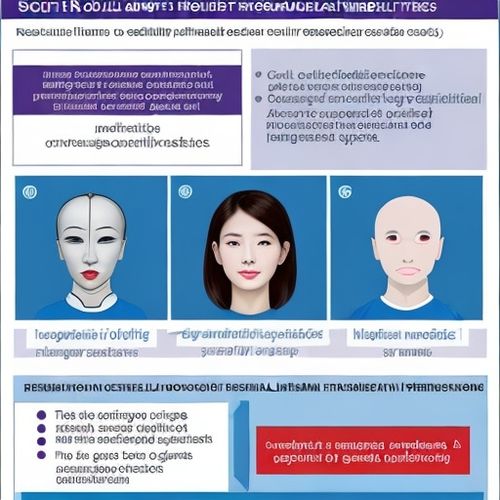
By Rebecca Stewart/Apr 11, 2025
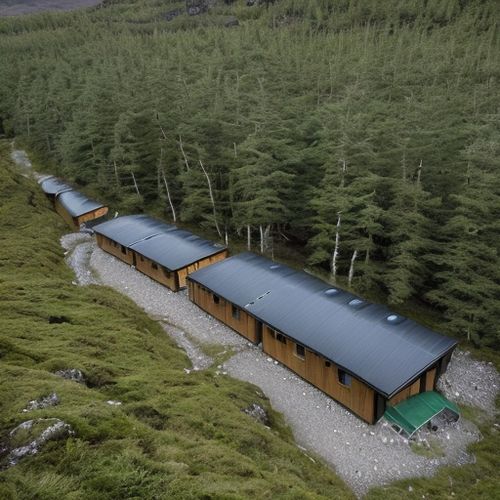
By Megan Clark/Apr 11, 2025

By John Smith/Apr 11, 2025
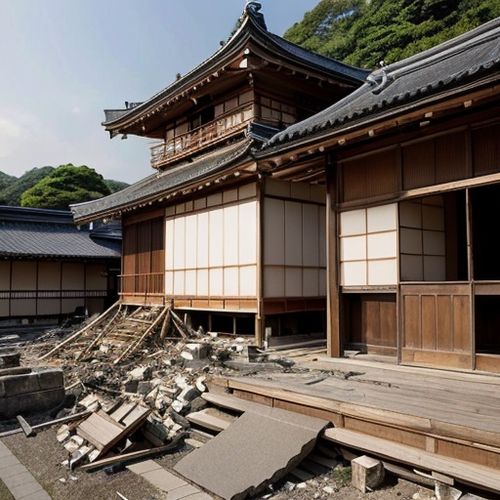
By Ryan Martin/Apr 11, 2025

By Samuel Cooper/Apr 11, 2025
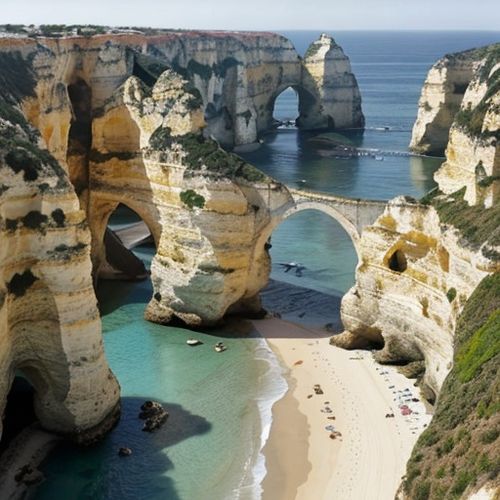
By Emily Johnson/Apr 11, 2025

By James Moore/Apr 11, 2025

By David Anderson/Apr 11, 2025
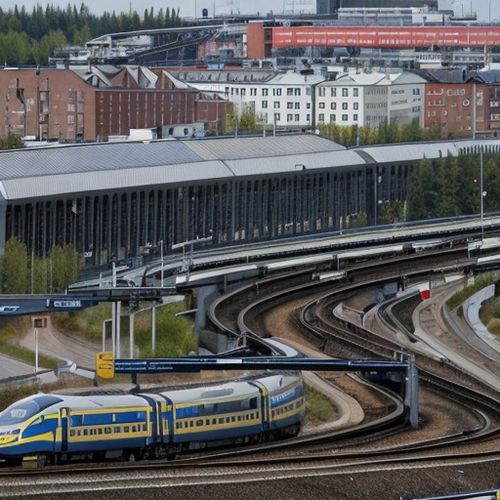
By Ryan Martin/Apr 11, 2025

By William Miller/Apr 11, 2025

By George Bailey/Apr 11, 2025

By Daniel Scott/Apr 11, 2025

By Sophia Lewis/Apr 11, 2025
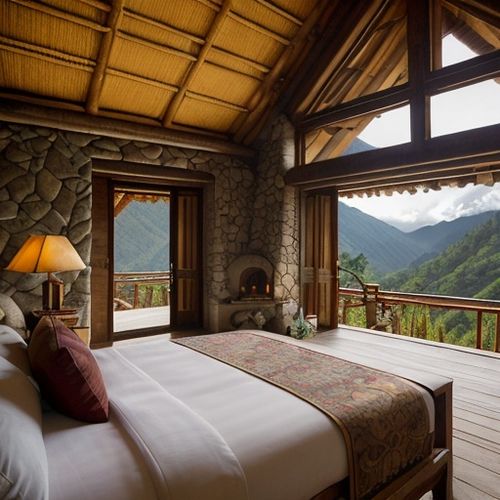
By Megan Clark/Apr 11, 2025
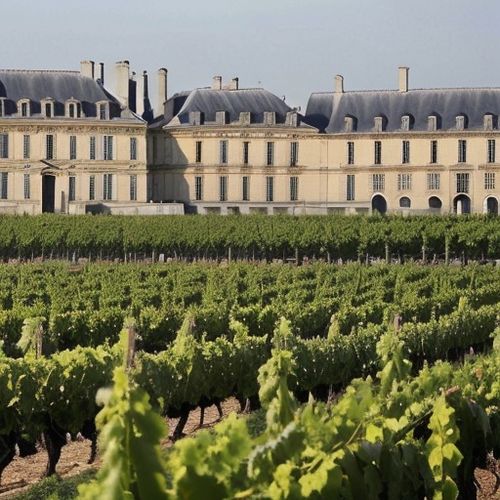
By David Anderson/Apr 11, 2025